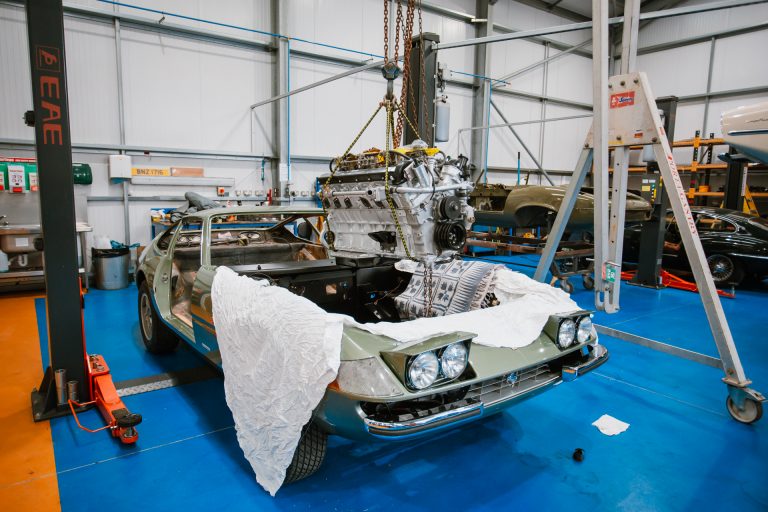
Engine plunges into the Ferrari!
On Friday, the newly-built engine was plunged into the bay of the 1979 Arrow Ferrari Daytona, using a heavy duty crane, with Scott and Ady


On Friday, the newly-built engine was plunged into the bay of the 1979 Arrow Ferrari Daytona, using a heavy duty crane, with Scott and Ady
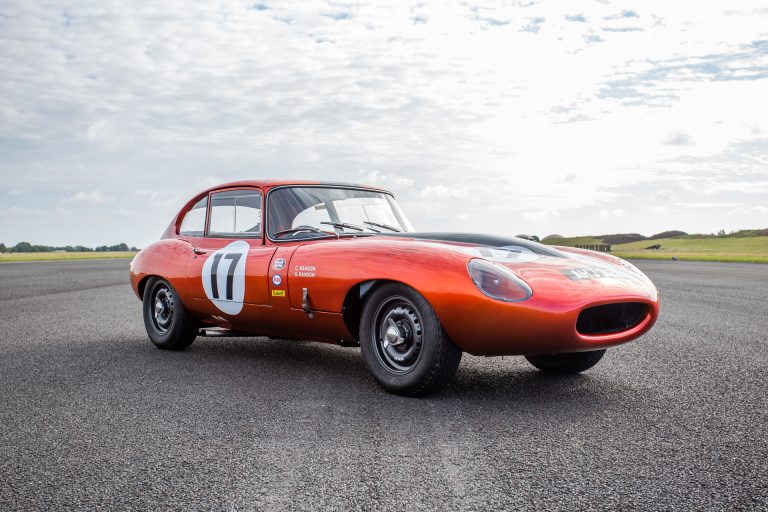
Our one-of-a-kind E-Type is available to purchase through Car and Classic auctions. The reserve has been met and this auction will be coming to a
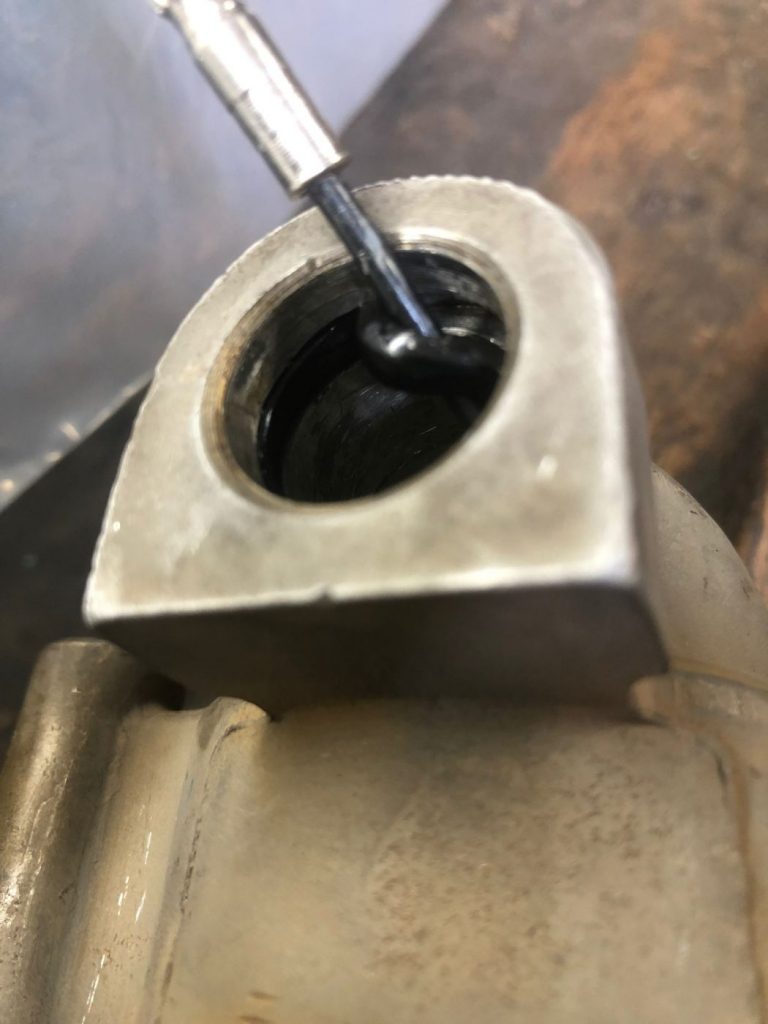
Ady has carefully removed the o’ring from our Jaguar MkII oil pump to replace with new. The parts are all here on the shelf and

A fresh new look to the black trim on our Bentley Continental. The existing wooden pieces have been stripped and cleaned of any excess glue.
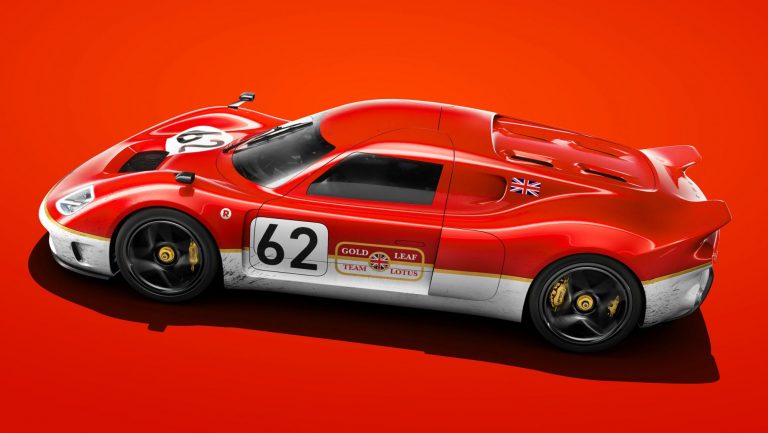
Source: AutoExpress – New Radford Type 62-2 unveiled as homage to Lotus Type 62 racer Radford has finally unveiled its modern interpretation of the Lotus
On Friday, the newly-built engine was plunged into the bay of the 1979 Arrow Ferrari Daytona, using a heavy duty crane, with Scott and Ady levering the engine in with the chains. The car originally came to us with an over-heated engine, so wasn’t running. Fortunately, it came with a spare Jaguar V12 engine. The old, blown one was stripped apart and any useful parts were left to be used in the re-building. Scott’s now been re-connecting everything back in the engine bay now it’s in.
Our one-of-a-kind E-Type is available to purchase through Car and Classic auctions. The reserve has been met and this auction will be coming to a close on Thursday 26th August at 9.00 pm. View the listing here.
It’s not often that a competition-spec E-Type comes up on the open market, and even rarer that a road-registered, fully rebuilt and extensively upgraded example rears its head.
Offering the unique opportunity to buy a virtually brand-new E-Type 2+2 with numerous enhancements that both improve the performance and usability of the car, this gorgeous Volcano Orange example has been finished to the highest standards and has evidently been a true ‘passion project’ for the builders – an opportunity too good to miss, and likely one that will never be repeated.
Be sure to get your bids in thick and fast if you want a chance to own this stunning S1 E-Type.
Ady has carefully removed the o’ring from our Jaguar MkII oil pump to replace with new.
The parts are all here on the shelf and we’ll start the rebuild of the engine very soon.
A fresh new look to the black trim on our Bentley Continental. The existing wooden pieces have been stripped and cleaned of any excess glue. New black material has been shape and fixed to the parts ready for refit.
Source: AutoExpress – New Radford Type 62-2 unveiled as homage to Lotus Type 62 racer
Radford has finally unveiled its modern interpretation of the Lotus Type 62, which has up to 600bhp depending on the spec.
The Bad Blonde Cars gets up close and personal on her latest Instagram post.
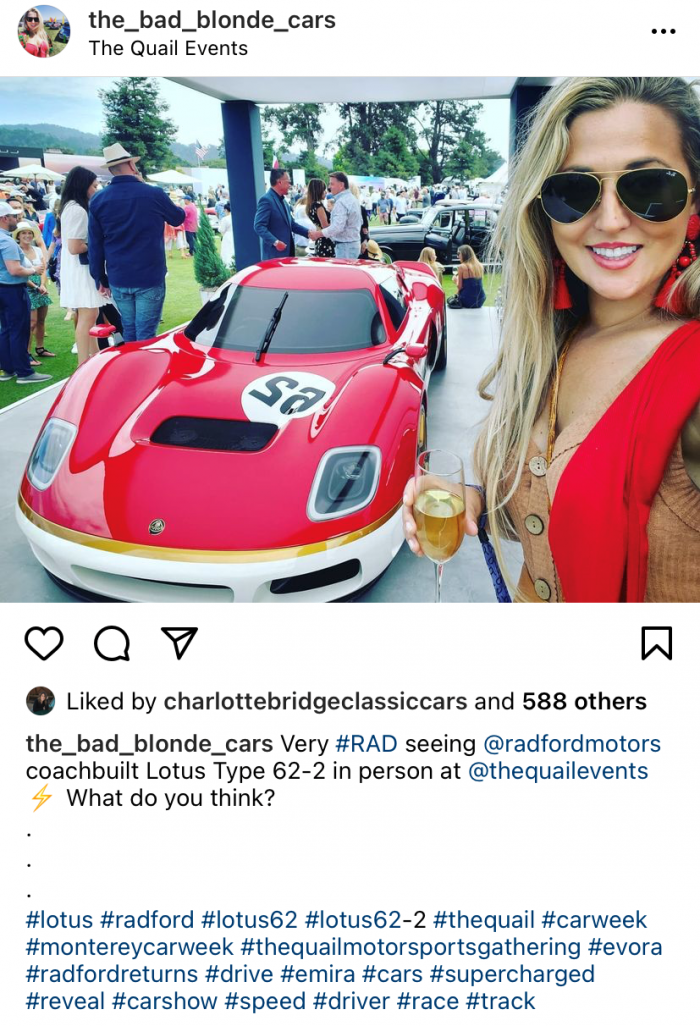
Source: AutoExpress by Luke Wilkinson
This is the new Radford Type 62-2. It’s a reimagined version of the 1969 Lotus Type 62 racer, which uses the same supercharged 3.5-litre V6 engine as the Lotus Exige. It’s also the first new car from Radford in more than half a century, after the coachbuilding firm was revived by Jenson Button, TV personality Ant Anstead and designer Mark Stubbs.
Production starts this year and just 62 will be built. Each one will be customised to the owner’s tastes – and the company claims it provides so much scope for personalisation, that every car will be unique.
Radford offers three starting specifications, which extract gradually increasing levels of performance from the sports car’s V6 engine. The entry-level Classic variant is designated as the purists option, and comes with 430bhp and a six-speed manual gearbox.
The Type 62-2 Gold Leaf wears the same iconic red-and-white livery as Graham Hill’s 1968 Lotus Type 49B Formula One racer. To back up the racy looks, it also gets a more potent 500bhp version of the Lotus V6, which is backed up by a seven-speed dual-clutch gearbox.
In the near future Radford will also launch a ‘JPS’ version of the Type 62-2, which produces 600bhp. Like the Gold Leaf, the JPS will also use a seven-speed double-clutch automatic gearbox. The JPS will almost certainly wear the same black-and-gold John Player Special livery that featured on Emmerson Fittipaldi’s championship-winning Lotus Type 72D F1 car, as Radford recently secured the rights to the artwork.
The Type 62-2 uses a Lotus chassis, although Radford has made a few changes to suit both the car’s styling and increased performance. Using the same bonded aluminium chassis as the Lotus Elise and Exige, the new body on top is made from carbon fibre composites. The cabin is supported by a new carbon fibre crash structure which incorporates a roll-over hoop and strengthening for the firewall and windscreen.
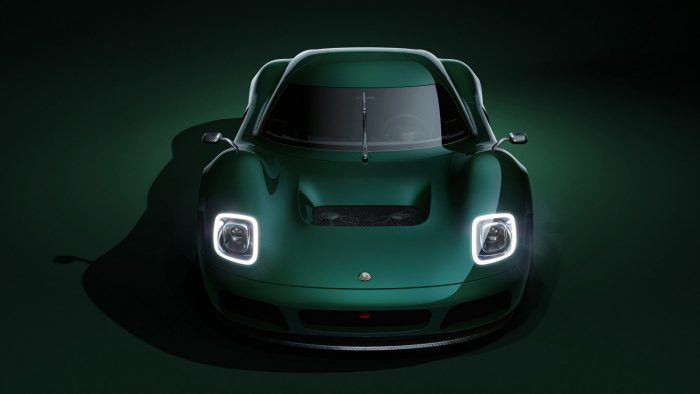
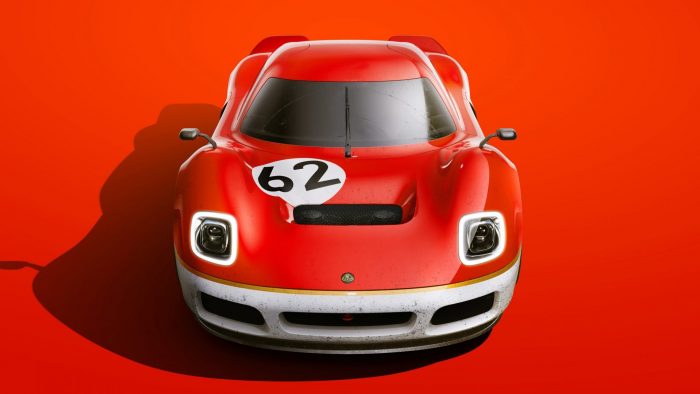
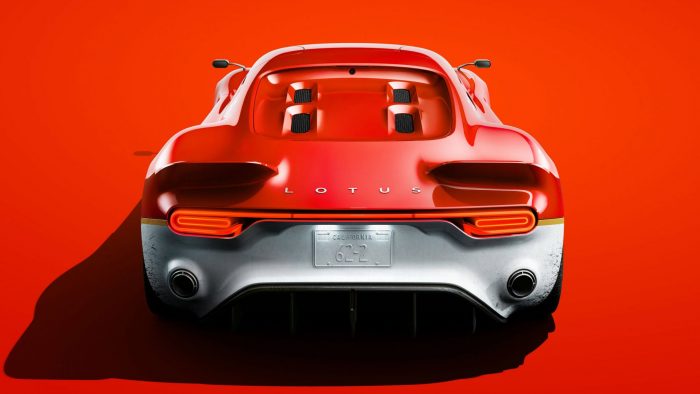
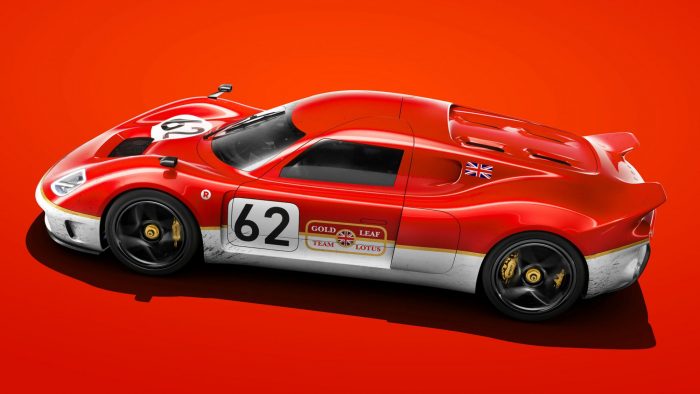
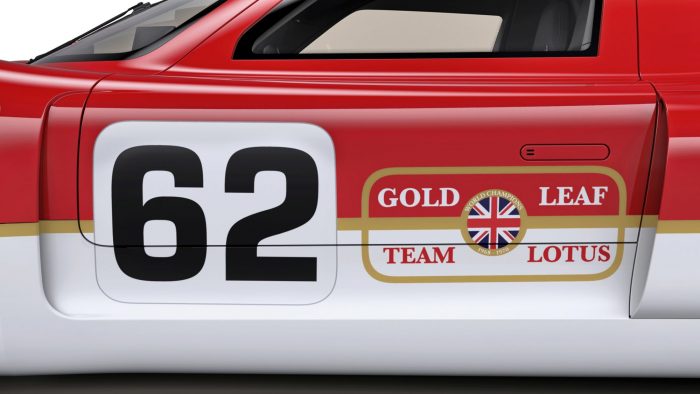
All of this lightweight engineering means the Type 62-2 tips the scales at around 1,000kg – meaning even the least powerful model has a good enough power-to-weight ratio to keep up with the current crop of supercars. Advertisement
There’s also a custom made tubular rear subframe, which Radford says improves the car’s rigidity and cornering performance. However, it serves an aesthetic purpose too, as it’s visible from certain angles when viewing the car from the rear.
The Type 62-2’s underside is completely flat, and is designed to channel air towards the rear diffuser to generate downforce. That means the Classic variant can get away without using a spoiler, while the faster versions need only a pair of small ducktails.
The chassis setup also differs slightly between each model. The Classic variant comes with staggered forged alloy wheels measuring 17 inches up front and 18 inches at the rear. The car also sits on adjustable coilover suspension and Michelin Pilot Sport Cup 2 tyres. Braking is handled by a set of four-pot AP racing calipers and iron discs, while the rear end is kept in check by a unique electronic stability programme designed by Bosch.
We use cookies to deliver the best possible experience whilst visiting our website. By clicking "Accept All", you consent to our use of cookies, or you can manage your preferences by clicking the link below. You can manage your preferences at any time from out Cookie Policy page.